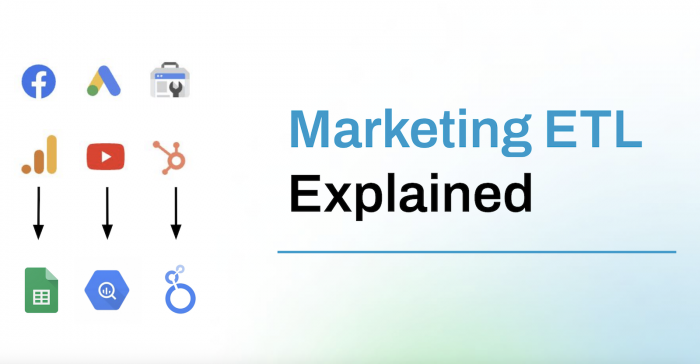If you’re a small business owner, you’ve surely got a lot on your plate. You’ve got operations to run, customers to take care of, employees to manage, suppliers to deal with, and marketing to keep up with — and sometimes, security can end up at the bottom of the list. It’s tempting to say, “I’ll get to that later.” But in the modern world, “later” could be too late.
Whether you’re running a brick-and-mortar Main Street retail shop, or a rapidly growing online boutique, your business is exposed to actual threats on a daily basis. We are talking about break-ins, online breaches, employee pilfering, etc. And these are issues that can genuinely rock your company if you’re not ready.

The good news? It doesn’t require a big budget and a full security team to stay safe. And technology has advanced enough to give small businesses access to smart, basic tools that are affordable. Let’s go through the most common security issues — and how tech can help fix them.
Protecting Your Business When You’re Not There
Once the lights are off and the door’s locked, your store or office might appear to be an easy target. Very often, small businesses cannot afford to hire overnight guards or pricey surveillance teams. So what do you do?
Here is where tech really shines:
- An alarm monitoring system can monitor your space 24/7.
- Smart cameras and motion sensors monitor activity and send alerts straight to your phone.
- You can now see if your doors are locked — and lock or unlock them remotely — using smart locks.
Dealing with Cybersecurity Threats
It’s natural to assume that hackers only target major corporations. But small businesses are often the more appealing target, according to cybersecurity experts, because their security is often weak.
Here are a few simple things you can do to help keep your online business safe:
- Use antivirus software for all devices.
- Use firewalls to stop unwanted traffic.
- Make sure your passwords are strong and unique (a password manager can be helpful here).
- Make regular backups of your information and store it on the cloud or on an external drive.
Managed security services are also available for you to sign up for. They will watch over your systems and block threats long before you can ever know about them. A small monthly fee could save you from a very big headache later.
Internal Theft: A Reality You Cannot Ignore
It’s not something anybody wants to think about, but sometimes, attacks are launched by people you may trust. Whether it’s the trusty employee pocketing some cash, offering discounts to friends or downloading customer information to take to a competitor, it occurs more often than you would think.
So how do you stop it without becoming a micromanager?
- Access control systems monitor who goes where and when.
- Weird or shady transactions can be flagged by POS (Point of Sale) software.
- User rights on your digital tools ensure your employees only see what they need to.
The point is to foster an atmosphere in which there is trust, but also accountability. If people know that the system is watching them, they are less likely to do anything wrong.
Staying Compliant: It’s Not Just a Big Business Issue
Small businesses have to comply with lots of rules — especially when it comes to dealing with customer information. If you accept payments, gather email addresses or store health information, there are legal standards to follow. And, no, as much as you might wish for it, pretending they don’t exist won’t make them disappear.
Many of these tools now have compliance functionality built into commonly-used systems. For instance:
- POS systems are PCI DSS-compliant for secure payments.
- Email services are encrypted for consent logs.
- Customer databases (CRMs) allow you to dictate who sees what.
- Internal scan tools look for issues on your systems and let you know about them.
So instead of plowing through hundreds of pages of legal text, you can let the tech do the heavy lifting.
How to Lead Remote and Hybrid Teams
Since the pandemic, a good number of businesses have kept remote or hybrid work arrangements. And while there are benefits to flexibility, it’s not without its new security risks.
Just think about it — your employees are logging in from coffee shops, home networks, maybe even hotel Wi-Fi. That’s a lot of places where things can go sideways.
Here’s how to stay ahead:
- VPNs (Virtual Private Networks) make connections private and secure.
- People can collaborate safely with tools in the cloud, such as Google Workspace or Microsoft 365.
- Endpoint protection software protects every laptop, tablet and phone that connects to your system.
- Password managers let your employees use strong passwords — and not write them down or forget them.
This all sounds complex, but much of it works indirectly behind the scenes. It'll go completely unnoticed by your team—but you will certainly feel secure and satisfied.
Reacting Quickly: In a Crisis, Time Is Everything
Sometimes, despite having the best systems in place, things go sideways. When that happens, your speed to react is everything.
Here’s how tech can help you pivot quickly:
- Your phone instantly pings with real-time alerts the second something’s amiss.
- Automated backups for file recovery following a ransomware attack.
- Linked alarms send occupants an immediate alert and alert emergency services.
You don’t want to be working this out during a crisis. Lay the groundwork right now so that when things do go wrong, you already know what to do.
Security doesn’t need to be complex. It just has to be consistent. With the right tools, some forethought and a proactive strategy, your small business can stay safe and secure — without draining your time, costing you an arm and a leg or driving you insane.
Let tech be your extra pair of eyes, your silent partner, and your safety net—so you can concentrate on what you do best: running your business.
Post Comment
Be the first to post comment!





